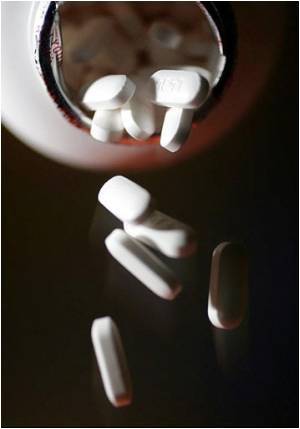Computer simulators may help develop safer treatment strategies to reduce the risk of lung damage in critically ill children in the intensive care unit (ICU).

- Mechanical ventilation of children in intensive care units is often necessary, but can damage the lungs of critically ill patients
- It’s possible to change ventilator settings to reduce the risk of damage without putting child patients at risk, according to engineering researchers at the University of Warwick
- They successfully tested their new treatment strategies on simulated patients using data from real patients collected at the Children’s Hospital of Philadelphia
Changing the ventilation settings for children on life support can reduce the risk of damage to their lungs, researchers at the University of Warwick and the Children’s Hospital of Philadelphia have found on computer simulated patients.
‘Computer simulators may help develop safer treatment strategies to reduce lung damage in critically ill children. However, changing the ventilation settings for children on life support can lower the risk of damage to their lungs.’





Paediatric Acute Respiratory Distress Syndrome (PARDS) is one of the most challenging diseases for doctors to manage in the pediatric intensive care unit, and can arise due to several different causes, such as pneumonia, sepsis, trauma, and drowning.Mechanical ventilation is a life-saving medical intervention for many such patients, but the forces and stresses applied by the ventilator can themselves further damage the lungs (so-called ventilator induced lung injury - VILI).
Using patient data collected by Dr. Nadir Yehya, an attending physician in the paediatric intensive care unit at the Children’s Hospital of Philadelphia, researchers from the Department of Engineering at the University of Warwick have developed a computer simulator that predicts how different ventilator settings affect the lungs of individual child patients in the ICU.
This simulator was then used to safely investigate whether, and how, ventilator settings can be changed to be more "protective," i.e., to lower the risk of causing VILI in different patients, while still maintaining adequate ventilation.
The researchers identified several strategies that, in simulated patients, led to significant reductions in variables that are associated with VILI, such as tidal volumes (the volume of air displaced between inhalation and exhalation) and driving pressures.
Advertisement
Professor Declan Bates from the School of Engineering at the University of Warwick commented:
Advertisement
Dr. Nadir Yehya from the Division of Critical Care Medicine at the Children’s Hospital of Philadelphia commented: "Collaborations such as these are essential for providing safe care for our sickest children. Computer simulations have been relatively under-utilized in pediatric intensive care, and we are excited about the opportunities to address critical areas of research using these technologies."
Source-Eurekalert











